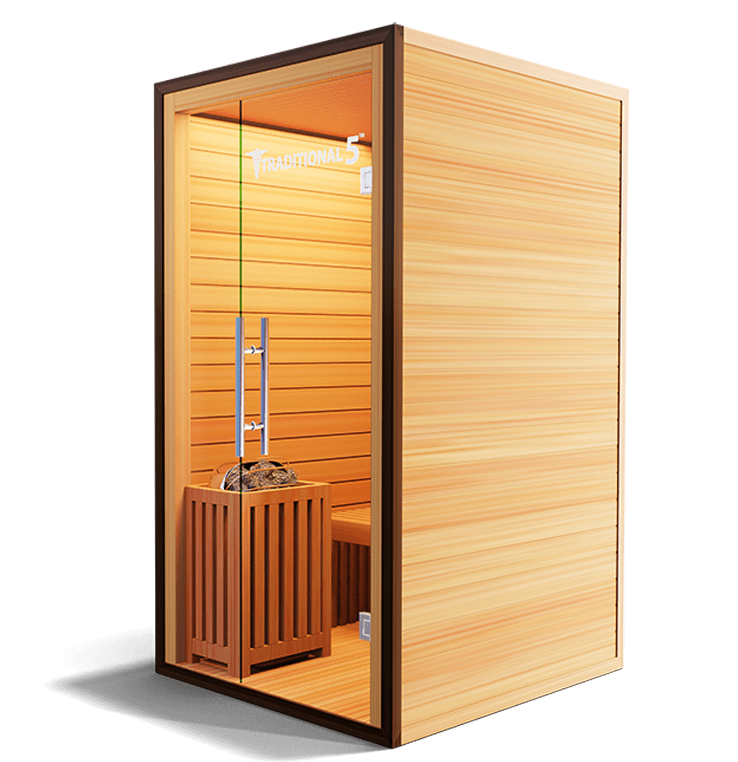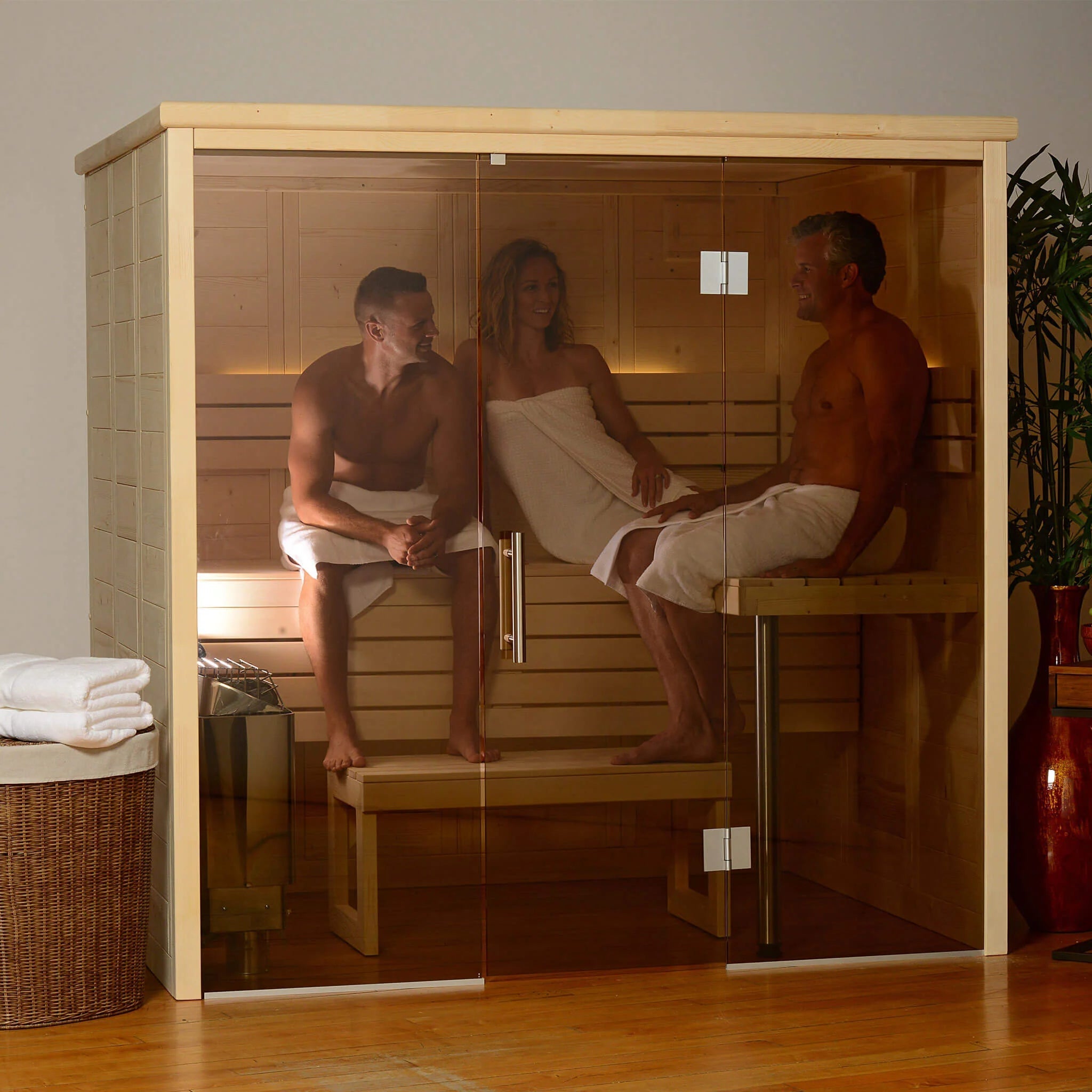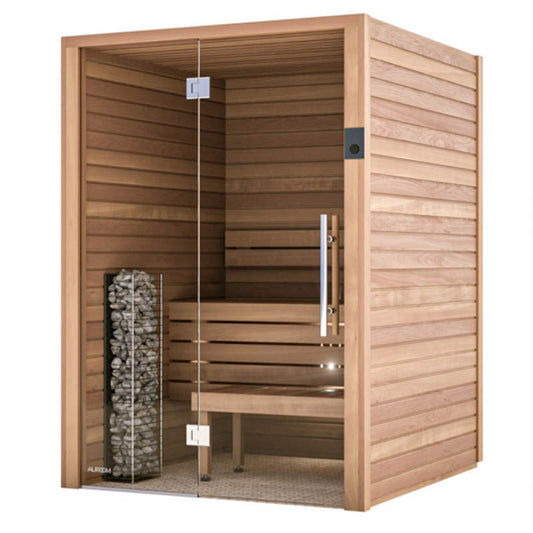Traditional Sauna Can Be Fun For Anyone
Traditional Sauna Can Be Fun For Anyone
Blog Article
The 3-Minute Rule for Traditional Sauna
Table of ContentsThings about Traditional SaunaWhat Does Traditional Sauna Mean?Fascination About Traditional SaunaRumored Buzz on Traditional SaunaTop Guidelines Of Traditional Sauna
The majority of the weight lost in a sauna is water loss and is re-gained upon rehydrating. Without a doubt sauna can be a vital component of a healthy weight loss program. To consider the differences between typical and IR saunas, I will separate these right into verifiable, academic, and produced differences.Hence, the most popular point in the saunawhich goes to the ceiling directly over the sauna heateris normally in between 185 and 190 F. Claims that a conventional sauna exceeds 200 F is merely not true and not applicable for electrical saunas offered in the US. The temperature for a far-infrared sauna is usually set in between 120 and 140 F; nevertheless, unlike the standard sauna, the goal in and IR space is not to achieve a high temperature level.
Due to this, the temperature level distinction is virtually unnecessary, considering that profuse sweating causes both sauna types, yet the technique of warming the body is different. In an IR sauna the bather will certainly really feel hot and will sweat a lot, yet at much reduced temperature levels (Traditional Sauna). Thus, if the goal is to invest longer amount of times in the sauna, the IR sauna is a great option
When a conventional sauna has actually been effectively heated up, the sauna wall surfaces are cozy, the air temperature has attained established temperature and the rocks are very warmed. As an intriguing side note, the heated walls and the rocks are giving off far-infrared warmth, incorporated with the heated air, to produce an "wrapping up warm".
The Best Strategy To Use For Traditional Sauna

When the heat is achieved, the elements cycle on and off to maintain the heat. Most traditional sauna customers delight in putting water over the rocks to develop heavy steam to raise sauna humidity levels. The advantages of pouring water over the rocks include: making the room extra comfortable, moistening the nasal flows, and allowing the usage of aromatherapy by mixing vital oils with the water.

When the power gets in the body, it causes the body temperature to increase and ultimately leads to sweat. In an infrared sauna it is necessary for the emitters/heaters to stay on nearly frequently. Since there is no mass of rocks to keep heat, the sauna will cool if the emitters shut down.
As mentioned above, the sauna bather in an infrared room intends to place himself before running emitters to get optimal gain from the warm. The home heating time for both rooms can be really different, relying on how the spaces are used. For a standard sauna, a bather ought to allow official site 30-40 mins for the space to achieve a desired temperature level and to correctly pre-heat the rocks.
Getting The Traditional Sauna To Work
A well constructed sauna will usually achieve a temperature level of 150-160 F in concerning 30-40 mins. For hotter temperatures, the area may need to warmth for a longer duration. Once the space accomplishes set temperature level, the heater will certainly cycle on and off, commonly operating about 50% of the time. The insulated wall surfaces and the heated rocks will maintain the area hot and at steady temperatures.

Traditional saunas have a tendency to be bigger (thus make use of even more electrical energy) than infrared saunas, although conventional saunas are absolutely available in one and Get More Information 2 individual dimensions also. For a two-person conventional sauna, 5x6 or 5x7 dimension is most preferred. The leading bench can conveniently seat two or three individuals and is also enough time to lie down during the sauna session.
What Does Traditional Sauna Do?
The average expense per kWH of electricity in the U.S. is roughly $0.11, so a 4.5 kW heating unit will certainly set you back approximately $.50 to run for one hour, if the heater runs constantly for one hour. Usually a sauna heating unit will run for 75% of the first hour and 50% of subsequent hours on since the elements cycle once the established temperature is achieved.

There is a seldom gone over distinction in the social experience in between the Read More Here 2 areas. While our culture has shed a few of the social advantage of the traditional sauna experience, it can be very socially satisfying (Traditional Sauna). From family members time in the sauna, to heart-felt conversations with better halves, to sauna partiesthe conventional sauna experience can bring about intimate socializing
Little Known Questions About Traditional Sauna.
Most higher end infrared areas include colored light treatment, audio systems and full-glass fronts.
Report this page